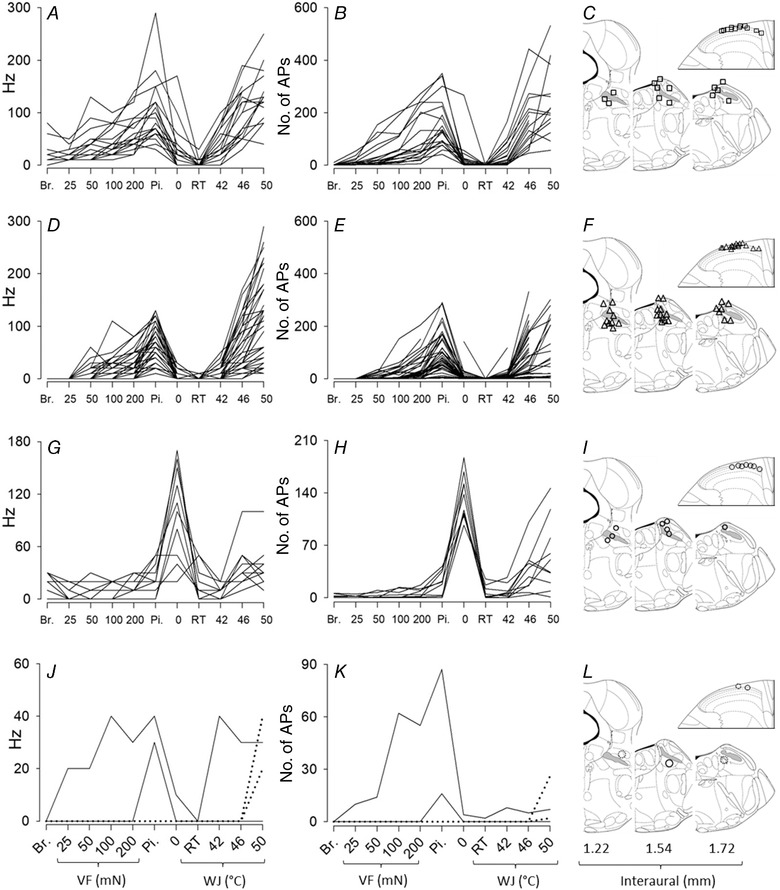Figure 4. Individual responses to thermal and mechanical stimuli.

The peak firing frequency (left column, A, D, G and J) and the number of APs (middle column, B, E, H and K) of the responses to mechanical and thermal stimuli are represented for all units studied (n = 70). The right column (C, F, I and L) shows the site of stimulations (54/70) and recordings (37/70) that were recovered upon histological analysis. The superior cerebellar peduncle (or brachium conjonctivum) is highlighted in grey. Units were pooled in different groups for clarity of illustrations. A, B and C, wide dynamic range neurons (mechanical threshold corresponding to brush and/or VF at 25 mN, n = 19). D, E and F, nociceptive‐specific neurons (mechanical threshold corresponding to VF at 50, 100 and 200 mN, and pinch, n = 37). G, H and I, polymodal cold preferential neurons (n = 10). J, K and L, heat specific (dotted line, n = 2), mechanical specific (continuous line, n = 1) and polymodal mechanical preferential (continuous line, n = 1). Breaks in the line correspond to missing data, due in most cases to marked drop in the amplitude of the APs during the stimulation. Br.: brush; Pi.: pinch; RT, room temperature; VF, von Frey; WJ, water jet.
